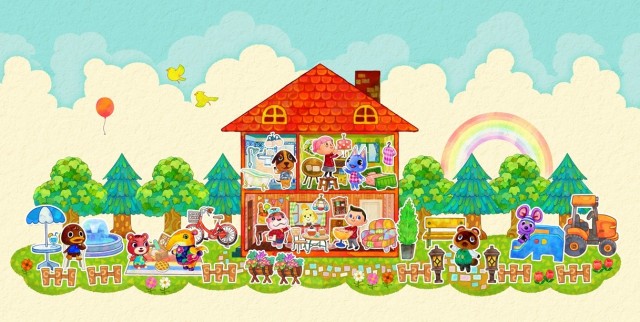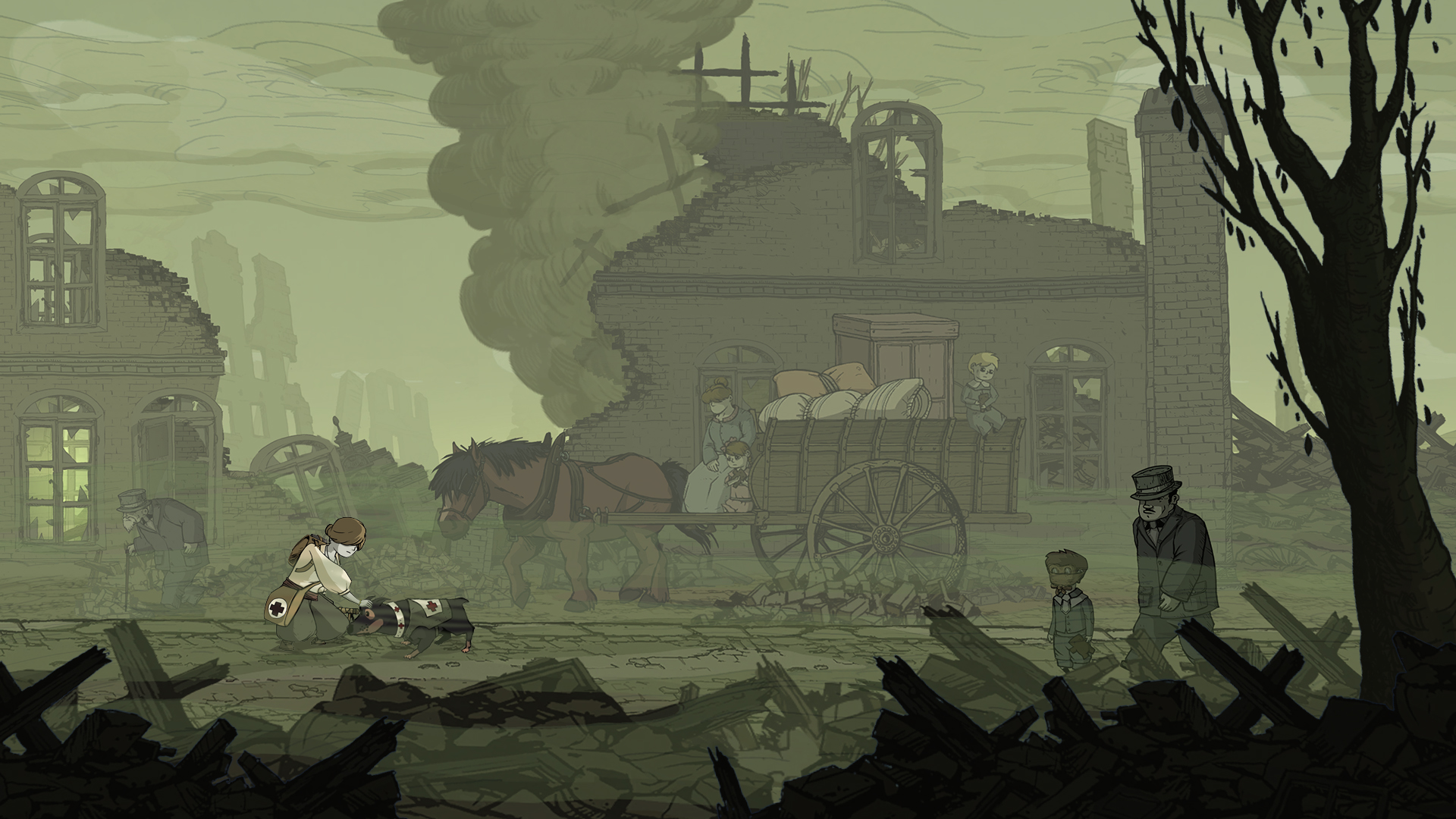Over the past couple of weeks, I’ve been slowly building the LEGO Ghostbusters Firehouse. The build is taking awhile both because it’s huge and because, unfortunately, I have other responsibilities. Initially, I was going to hold off on the build because of these reasons, but building really helps me de-stress and, honestly, I was just too excited to see the set come together. When they first announced the Ghostbusters set, I was beside myself with excitement. Two of my favorite childhood memories come together in one set. Of course, it’s been awhile since I watched Ghostbusters, so when I started building, I decided to watch the movie at the same time. I wanted to begin the build by watching the movie for two reasons, first because it’s just fun and second to make sure I wasn’t missing any references or Easter eggs that might be built into the set. I didn’t want to miss anything.
Around the same time I starting building the set, I picked up Miguel Sicart’s Play Matters on the recommendation of some of the NYMG crew. I was initially interested in the text to help me think through ways to better articulate how LEGO and Serious Play work to break down barriers between creativity and productivity (look for more on that subject next week.) But, in the chapter on Playfulness, Sicart discusses emotional design, and I couldn’t help but make connections both between how LEGO designs their sets to be emotional but also how the bricks themselves evoke so much nostalgia even when separated from their original sets and designs. When Sicart first starts discussing emotional design, he’s talking about technology, but he doesn’t limit the discussion or concept strictly to computers or phones, but instead relates emotional design to all types of objects. One of his observations, in particular, stood out to me in relation to LEGO, emotion, and those Easter eggs I desperately did not want to miss:
The main difference between play and playfulness is that play is an activity, while playfulness is an attitude. An activity is a coherent and finite set of actions performed for certain purposes, while an attitude is a stance toward an activity—a psychological, physical, and emotional perspective we take on activities, people, and objects.
Sicart leaves us with a lot to unpack there, but it got me thinking about the various ways I play with LEGO, which run along a spectrum of play and playfulness, but always emotional in some sense. For example, sometimes, for me, LEGO is just zen. I’ll mindlessly follow the directions and build a set while watching a movie. Sometimes, as in the case of the Ghostbusters set, I’ll be watching a movie, but still attempt to be more mindful of the activity because I don’t want to miss anything. I want to really experience the build. And, sometimes, I’m fully mindful because I’m not building a set at all, but instead working on my own creation.
Unfortunately, even as I was trying to be mindful of the build and the process of the Ghostbusters set, I missed one of the best details of the set. In one of the more emotional aspects of the set, the designers honored the memory of Harold Ramis by including R.I.P H.R. on the office bulletin board. I vaguely remember noticing the R.I.P when I was applying the sticker, but I didn’t make the connection. When I read about it later, and went back to look, the addition of the tribute serves to make the set that much more special to me.
The emotional design of LEGO (both intentionally through set design and through my own inherent nostalgia) is a big part of what keeps me coming back and wanting to build. It’s interesting to ponder the differences of play, playfulness, activity, and attitude, and to think about how I move through those while doing an activity that is sometimes mundane, sometimes exciting, and always nostalgic, and always emotional at least to some degree. I’ve written before about how I didn’t think the Ghostbusters set would really be that popular. I thought the movie was too old and the set too expensive. But, I was far from the only one to feel a connection with this set.




